The AMC Matador Coupe, produced during a unique era in American automotive history, stands out as a distinctive model from the American Motors Corporation’s lineup. Renowned for its daring design and presence on the NASCAR circuit, the Matador Coupe has since become a fascinating subject for collectors and car enthusiasts alike. Delving into the production years of the AMC Matador Coupe reveals its unique position in the collector car market and its evolving legacy.
The Birth and Evolution of the AMC Matador Coupe
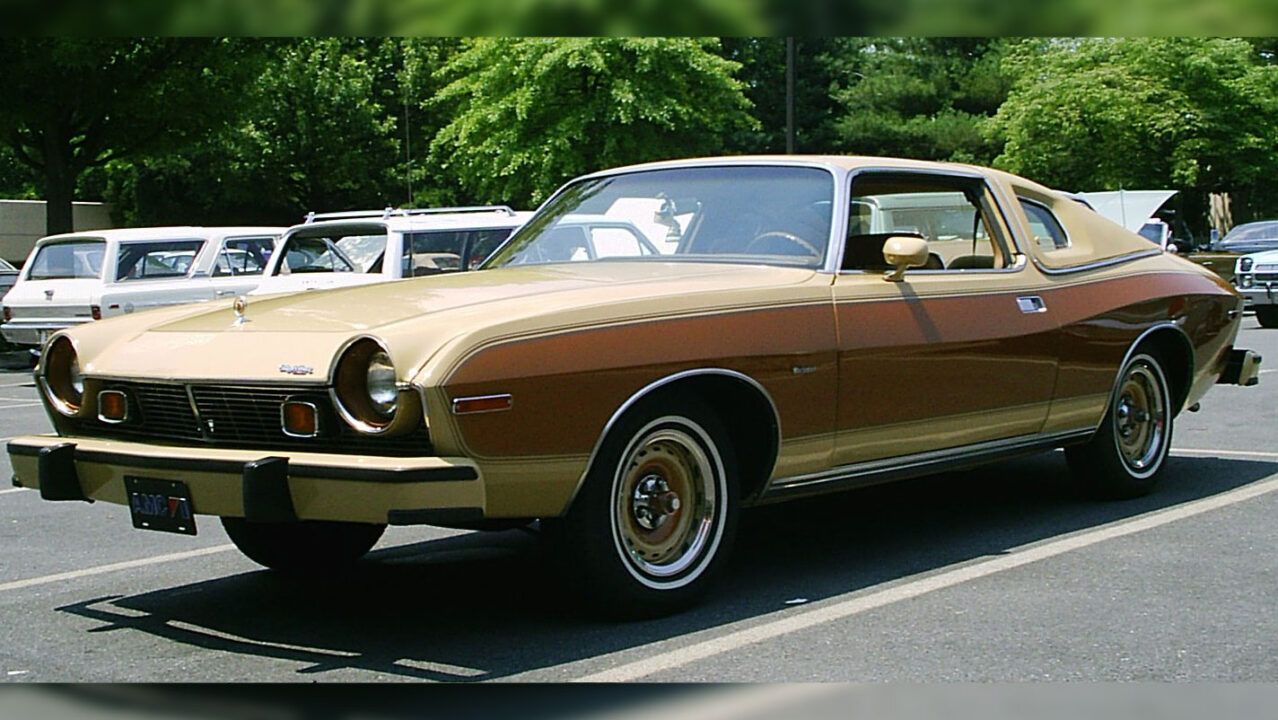
In the 1970s, American Motors Corporation (AMC) was in an intense battle to carve out its niche against the Big Three automakers—Ford, General Motors, and Chrysler. AMC’s strategy was to offer vehicles that were different, distinctive, and daring. The introduction of the Matador Coupe in 1974 was a testament to this approach. With its bold styling and aerodynamic lines, the Matador Coupe was designed to stand out on the road and in showrooms. Its design influences were a combination of European elegance and American muscle, aiming to appeal to a wide range of customers.
Over the years, the Matador Coupe underwent several updates and changes that kept it fresh and competitive. The initial models were powered by a range of engine options, from the economical straight-six to the robust V8s, catering to different preferences. As the decade progressed, the Matador Coupe saw design tweaks and feature enhancements, including improved suspension systems and the introduction of luxury trim packages. These changes reflected AMC’s commitment to innovation and adaptation in a rapidly changing automotive market.
Production Timeline: AMC Matador Coupe Years
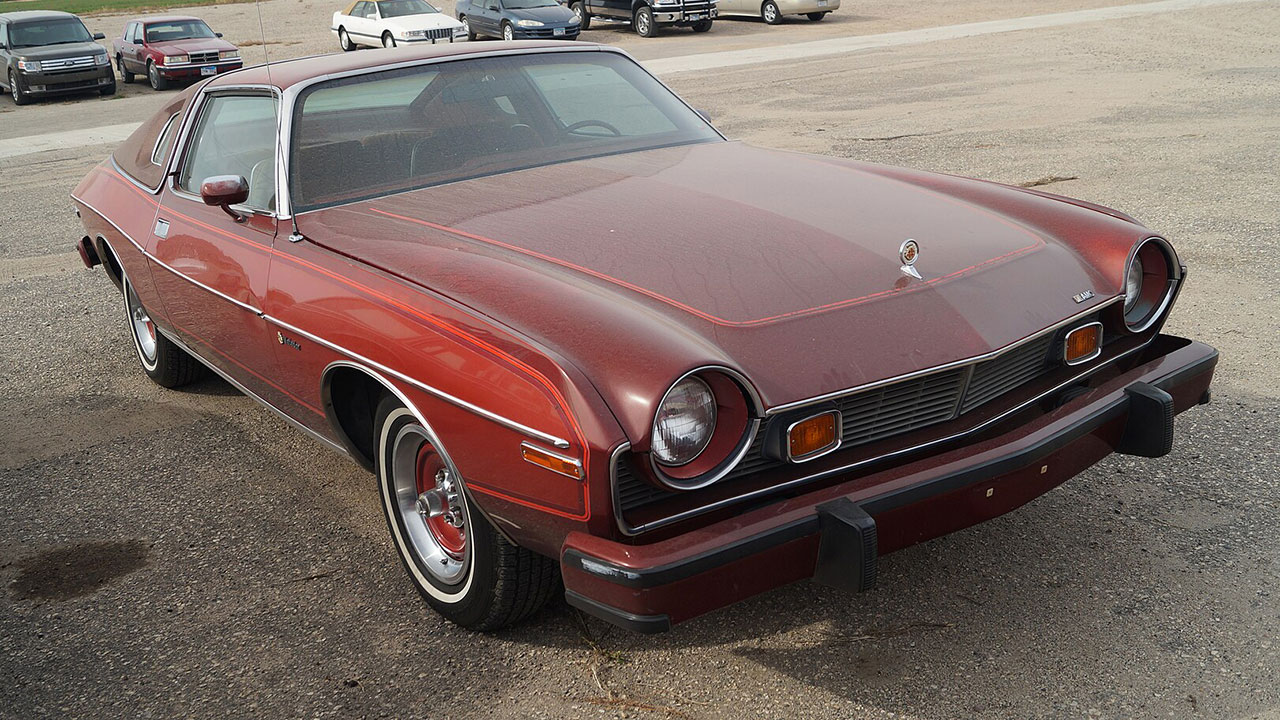
The production of the AMC Matador Coupe spanned from 1974 to 1978, marking a brief yet impactful presence in the automotive landscape. Each model year brought its own set of specifications and features that appealed to various customer needs. The 1974 models debuted with a distinctive grille and unique taillight design, setting the stage for a bold new look. By 1975, AMC introduced upgrades in the form of improved interiors and optional features like air conditioning and power windows.
Throughout its production, the Matador Coupe saw the release of several limited editions and special versions. Notably, the 1976 Matador Barcelona edition was introduced with an upscale package that included unique color schemes and luxurious interior finishes. These special editions have become highly sought after by collectors today due to their rarity and distinctive styling. The Matador continued to evolve until its final model year in 1978, when production ceased, leaving behind a legacy of innovation and bold design.
The Matador Coupe on the Racing Scene
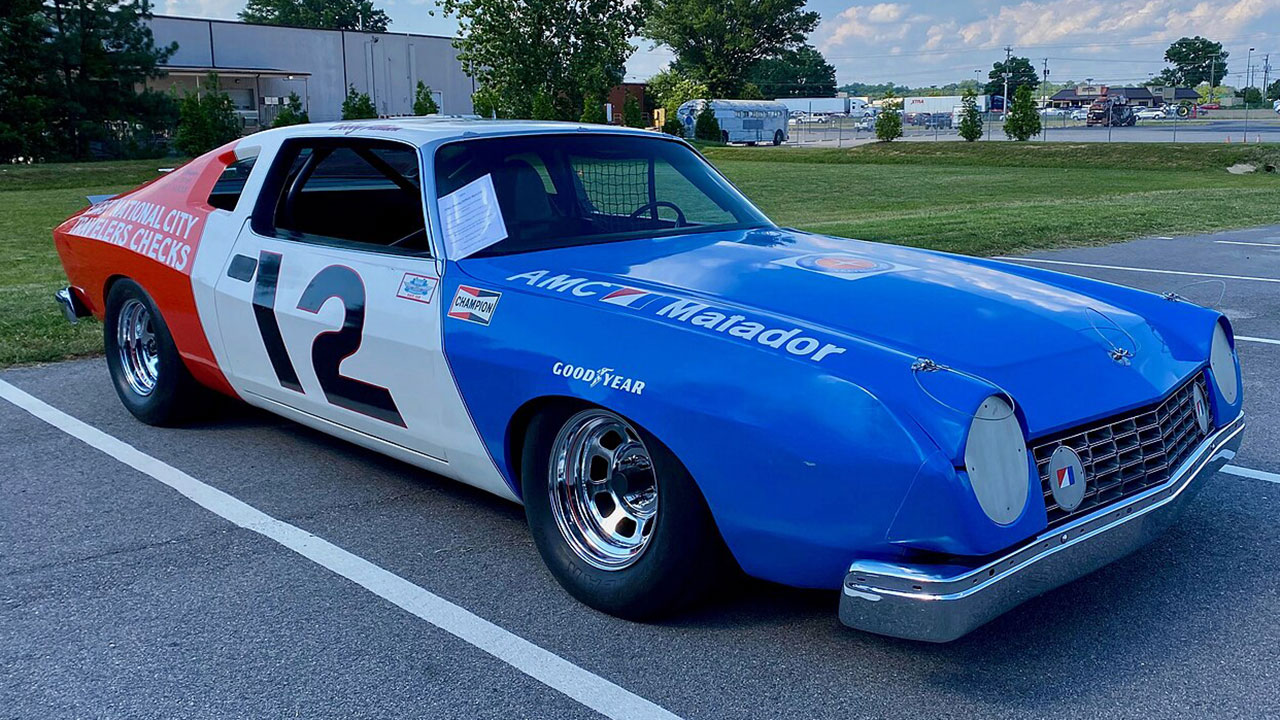
The AMC Matador’s legacy is also heavily tied to its success on the racing circuit, particularly in NASCAR. The Matador was a surprising contender, catching the attention of racing enthusiasts and fans alike. The involvement of notable racing figures like Bobby Allison and Roger Penske brought credibility and attention to the Matador’s racing capabilities. Their efforts led to significant success, with the Matador achieving several wins and top finishes in the 1970s NASCAR races. This success on the track helped bolster the Matador’s reputation as a performance-oriented vehicle.
One of the most notable moments in the Matador’s racing history was its victory at the 1975 Daytona 500, where it showcased its power and reliability. The contributions of racing legends such as Bobby Allison, who drove the Matador to victory, and Roger Penske, who was instrumental in the racing team’s management, cannot be overstated. Their efforts not only enhanced the Matador’s image but also left a lasting impact on AMC’s legacy in motorsports.
Collector Interest and Market Value

In the world of classic cars, the AMC Matador Coupe has garnered a devoted following among collectors. Several factors contribute to its appeal, including its unique design, racing pedigree, and relatively low production numbers. The scarcity of certain models, particularly special editions like the Barcelona, adds to their allure and value. Additionally, the Matador’s connection to a transformative era in automotive history makes it a fascinating piece for enthusiasts who appreciate its blend of style and performance.
Current market trends indicate a growing interest in the Matador Coupe, with prices steadily rising as more collectors seek to add this distinctive vehicle to their collections. The average price for a well-maintained Matador Coupe can vary widely based on condition and rarity, with some models fetching higher prices due to their historical significance or unique features. As expert insights suggest, the Matador Coupe is likely to continue appreciating in value, making it a potentially lucrative investment for collectors.
The Matador Coupe’s Place in Automotive History
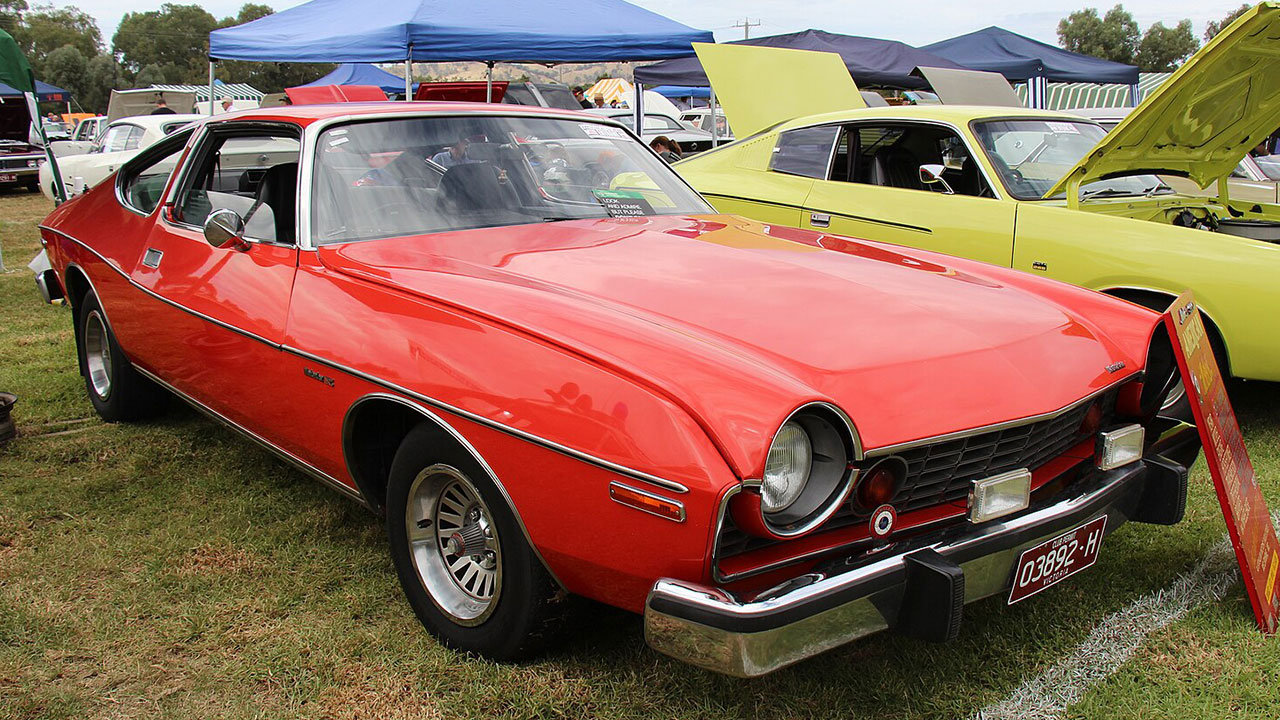
The AMC Matador Coupe holds a special place in automotive history, not only for its bold design and racing achievements but also for its impact on the American Motors Corporation. During a time when AMC was striving to differentiate itself, the Matador Coupe exemplified the company’s innovative spirit and willingness to take risks. Its influence extended beyond AMC, as it challenged the conventions of American car design and contributed to the evolving landscape of the 1970s automotive industry.
Culturally, the Matador Coupe has made appearances in various media, further cementing its status as a symbol of its era. From film cameos to its iconic presence on the race track, the Matador Coupe continues to capture the imagination of car enthusiasts and historians alike. Its enduring charm and unique characteristics ensure that it remains a beloved classic, celebrated for its contribution to both automotive innovation and popular culture.
Like Fast Lane Only’s content? Be sure to follow us.
Here’s more from us:
*Created with AI assistance and editor review.

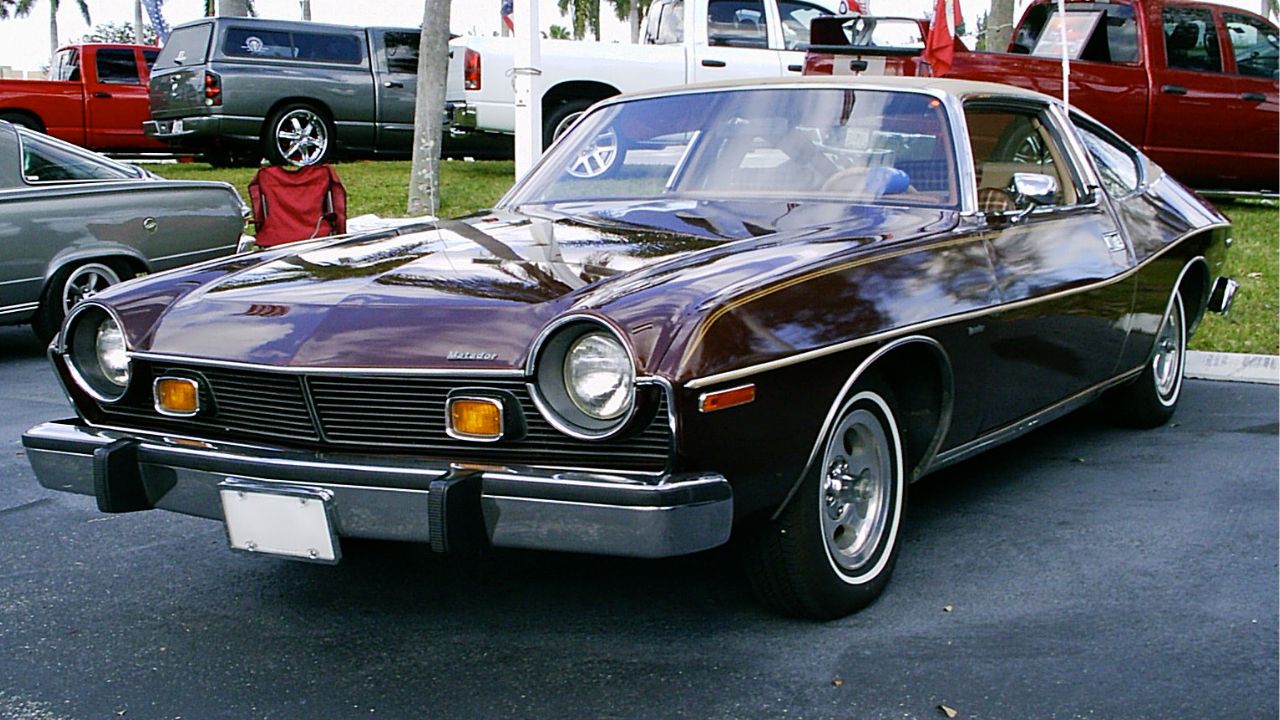



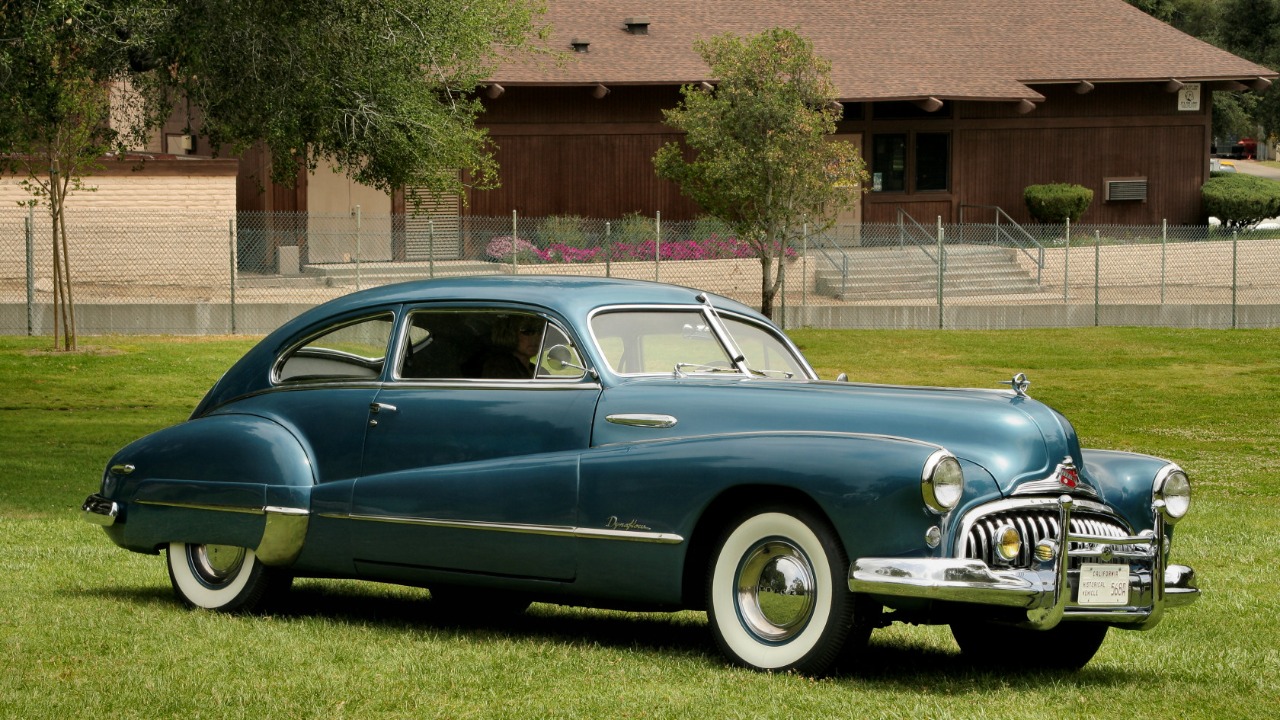

Leave a Reply